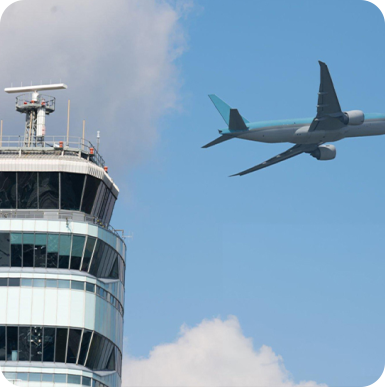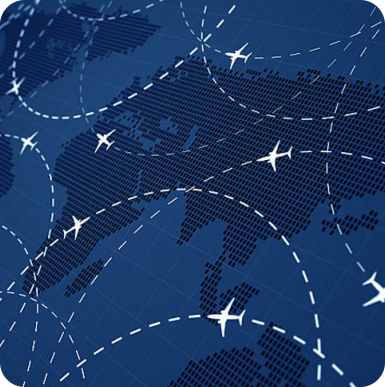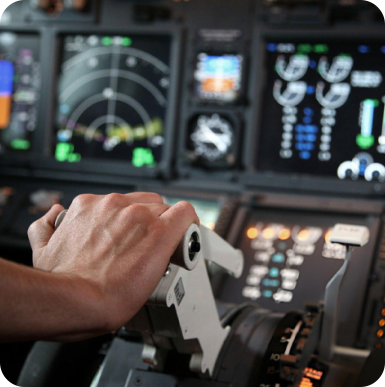Online Air Navigation Course
Directorate General of Civil Aviation DGCA is the regulatory authority responsible for overseeing civil aviation in India, including enforcing safety standards and maintaining the integrity of the aviation industry. Commercial Pilot License (CPL) is a license granted by the Directorate General of Civil Aviation (DGCA) that allows the holder to act as a pilot-in-command of an aircraft for commercial operations. To become a CPL holder, an individual must pass a series of examinations, practical tests, and flight training. In addition to the flight training, the individual must also complete a comprehensive course in air navigation in accordance with DGCA requirements.
The air navigation course covers a wide range of topics related to navigation techniques,
procedures, and instruments
used in aviation. It aims to equip pilots with the ability to determine their position, plan routes,
and navigate
through different types of airspace.


